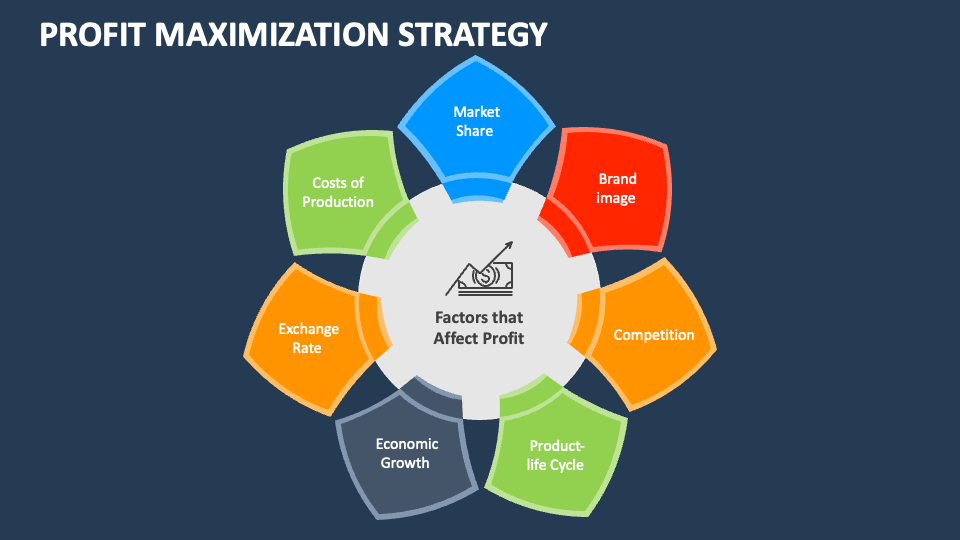Planning your finances effectively is crucial for achieving financial stability and reaching your financial goals. With the changing economic landscape in 2024, it’s more important than ever to have a solid financial plan. This guide will walk you through the steps to plan your finances in 2024, ensuring you can navigate the year with confidence and financial security.
1. Assess Your Current Financial Situation
Before you can plan for the future, you need to understand where you currently stand financially. Start by evaluating your assets, liabilities, income, and expenses.
Assets and Liabilities
- Assets: Include savings, investments, real estate, and other valuable possessions.
- Liabilities: Include debts such as mortgages, student loans, credit card balances, and other obligations.
Income and Expenses
- Income: Document all sources of income, including salary, side hustles, and passive income.
- Expenses: Track your monthly expenses, categorizing them into essential (housing, utilities, groceries) and non-essential (entertainment, dining out).
Creating a net worth statement can be helpful. Subtract your liabilities from your assets to determine your net worth. This will give you a clear picture of your financial health and help you identify areas for improvement.
2. Set Financial Goals
Setting clear, achievable financial goals is essential for staying motivated and on track. Your goals should be specific, measurable, attainable, relevant, and time-bound (SMART).
Examples of Financial Goals
- Short-term Goals (6-12 months): Build an emergency fund, pay off credit card debt, save for a vacation.
- Mid-term Goals (1-5 years): Save for a down payment on a house, pay off student loans, start a business.
- Long-term Goals (5+ years): Save for retirement, fund children’s education, achieve financial independence.
Write down your goals and break them into smaller, manageable steps. This will make them less overwhelming and easier to achieve.
3. Create a Budget
A budget is a crucial tool for managing your finances. It helps you track your income and expenses, ensuring you live within your means and allocate money towards your financial goals.
Steps to Create a Budget
- Track Your Spending: Use a budgeting app or spreadsheet to record all your expenses for a month.
- Categorize Expenses: Divide your expenses into categories such as housing, transportation, groceries, entertainment, and savings.
- Set Spending Limits: Based on your income and financial goals, set realistic spending limits for each category.
- Review and Adjust: Regularly review your budget and adjust it as needed to stay on track.
Budgeting Methods
- 50/30/20 Rule: Allocate 50% of your income to needs, 30% to wants, and 20% to savings and debt repayment.
- Zero-based Budgeting: Assign every dollar of your income a purpose, ensuring your income minus expenses equals zero.
A well-planned budget will help you control your spending, save more, and avoid unnecessary debt.
4. Build an Emergency Fund
An emergency fund is essential for financial security. It provides a safety net in case of unexpected expenses such as medical emergencies, car repairs, or job loss.
How to Build an Emergency Fund
- Set a Goal: Aim to save three to six months’ worth of living expenses.
- Start Small: Begin by saving a small amount each month and gradually increase it.
- Automate Savings: Set up automatic transfers to a separate savings account dedicated to your emergency fund.
- Cut Unnecessary Expenses: Identify areas where you can reduce spending and redirect those funds to your emergency fund.
Having an emergency fund will give you peace of mind and prevent you from going into debt when unexpected expenses arise.
5. Manage Debt Effectively
Managing and reducing debt is crucial for financial health. High levels of debt can be a significant burden and hinder your ability to achieve financial goals.
Strategies for Managing Debt
- Debt Snowball Method: Focus on paying off the smallest debt first while making minimum payments on larger debts. Once the smallest debt is paid off, move on to the next smallest.
- Debt Avalanche Method: Focus on paying off the debt with the highest interest rate first while making minimum payments on other debts. This method saves more on interest over time.
- Consolidate Debt: Consider consolidating multiple debts into a single loan with a lower interest rate.
Tips for Avoiding Debt
- Use Credit Wisely: Only use credit cards for necessary purchases and pay off the balance in full each month.
- Avoid Impulse Purchases: Stick to your budget and avoid making impulsive, unplanned purchases.
Effective debt management will improve your financial stability and free up resources to invest in your future.
6. Invest for the Future
Investing is a key component of a successful financial plan. It helps your money grow over time and can provide a source of passive income.
Types of Investments
- Stocks: Shares of ownership in a company. They offer high potential returns but come with higher risk.
- Bonds: Loans to a government or corporation that pay interest over time. They are generally lower risk than stocks.
- Mutual Funds: Pooled funds from multiple investors to invest in a diversified portfolio of stocks, bonds, or other assets.
- Real Estate: Investing in property can provide rental income and potential appreciation in value.
Investment Strategies
- Diversify: Spread your investments across different asset classes to reduce risk.
- Start Early: The earlier you start investing, the more time your money has to grow.
- Regular Contributions: Consistently invest a portion of your income, regardless of market conditions.
Consult with a financial advisor to develop an investment strategy that aligns with your goals and risk tolerance.
7. Plan for Retirement
Planning for retirement is essential to ensure you can maintain your desired lifestyle when you stop working.
Steps to Plan for Retirement
- Determine Retirement Needs: Estimate how much money you’ll need in retirement based on your desired lifestyle and expected expenses.
- Choose Retirement Accounts: Contribute to retirement accounts such as a 401(k), IRA, or Roth IRA, which offer tax advantages.
- Maximize Contributions: Take advantage of employer matching contributions and contribute the maximum allowed amount to your retirement accounts.
- Diversify Investments: Ensure your retirement portfolio is diversified to manage risk and optimize returns.
Retirement Planning Tips
- Regularly Review Your Plan: Periodically review your retirement plan and adjust it based on changes in your financial situation and goals.
- Consider Healthcare Costs: Plan for healthcare expenses in retirement, including potential long-term care needs.
Starting early and consistently contributing to your retirement accounts will help you build a substantial nest egg for the future.
8. Seek Professional Advice
Navigating financial planning can be complex, and seeking professional advice can provide valuable insights and personalized guidance.
Benefits of Professional Financial Advice
- Expertise: Financial advisors have the knowledge and experience to help you make informed decisions.
- Personalized Plans: Advisors can create customized financial plans tailored to your unique goals and circumstances.
- Accountability: Regular meetings with an advisor can help you stay on track and adjust your plan as needed.
When choosing a financial advisor, look for someone with reputable credentials, such as a Certified Financial Planner (CFP), and check their references and reviews.
Conclusion
Planning your finances in 2024 requires a comprehensive approach that includes assessing your current situation, setting goals, budgeting, building an emergency fund, managing debt, investing, and planning for retirement. By following these steps and seeking professional advice when needed, you can achieve financial stability and work towards your long-term financial goals.







